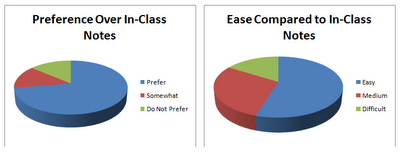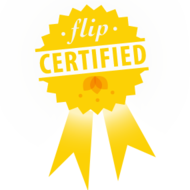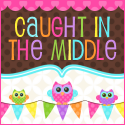This may seem like a bit of a tangent, but I think it is worth noting...
Last Friday during our most recent professional development day, we participated in six simulations to demonstrate the difficulty, frustration and unique perspective of a person with dyslexia. The simulations showed the challenge of focusing with auditory processing disorder, as well as the anxiety and alienation of a struggling reader during class. After each simulation, we conducted a reflective conversation about what each activity showed.
During one particular simulation, we struggled to read unfamiliar symbols in a storybook. Even after we were able to get through the passage, our comprehension was severely lacking despite our status as teachers and fluent readers. We agreed that a useful strategy is always to provide some background knowledge to our readers to frame the reading and to provide context and support for comprehension. In my flipped classroom, I realized that the most meaningful use of this strategy for many of my learners will be for just that - to provide some background context for what they will experience the next day in class.
After the students had the long weekend to complete the flipped assignment, I passed around a survey about the experience in class. I created circle graphs of the data below, but anecdotally, it seemed that this method was really effective for students who were stronger readers and listeners to begin with. They found it empowering to control their own pacing and experienced less frustration and "wait time" during class. These were also the students that often understand the content in the first or second pass without the exhaustive explanations and modeling we typically do in class. Perhaps this was not the desired result, but it was definitely useful and will inform future practices.
For struggling readers, however, the key to "flipping" might just be exposure. If we will be reading a passage of nonfiction text in class the next day, it may benefit these readers to see a short video, either teacher-created or otherwise, to give them a leg-up on what's to come. If a student already knows that we will be reading about American Indian cultures, for example, they have already overcome the initial hump of knowing what on Earth we are reading. The class content will simply add to what they have already heard.
Our more fluent readers, however, really enjoyed the exercise, and this is useful to know, too. Later in their education when classes are tracked or leveled, it may reduce frustration and intellectual boredom if these kids can tear through the more tedious work at home at their own pace, then participate in discussions, models, projects and labs in class.
As can be expected, the lesson we should take from this experiment is that, just like everything else, flipping works best when it is differentiated and tailored to the needs of the students.
Subscribe to:
Post Comments (Atom)












0 comments:
Post a Comment